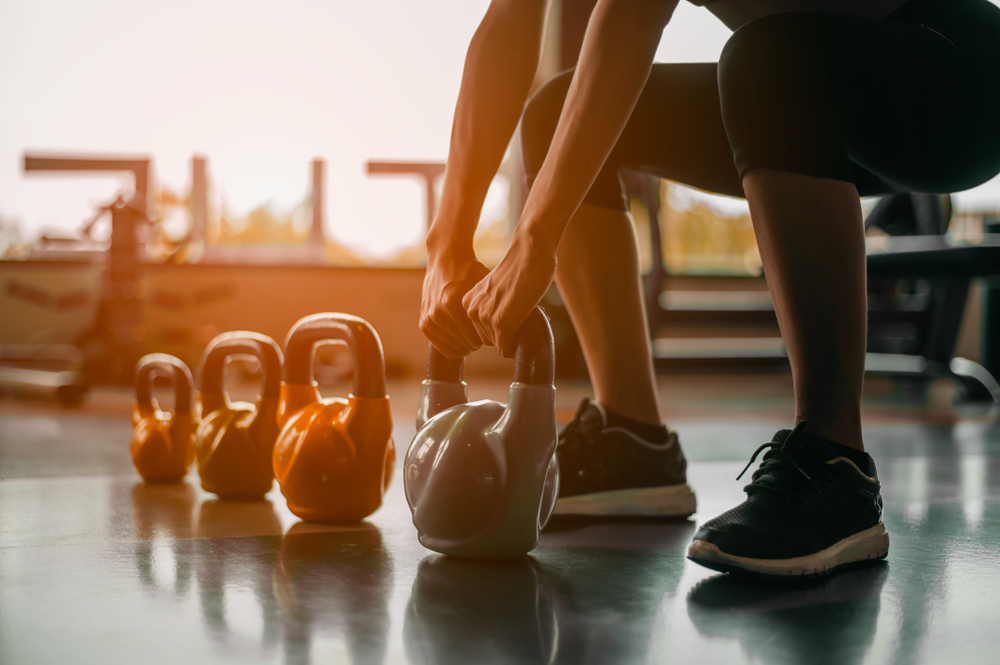Resistance bands are an easy way to increase strength and prevent injuries. They are great for all ages and fitness levels. However, it’s important to be careful when using them. Do you need medical staffing then a medical staffing louisville company is for you.
There are many different types of resistance bands to choose from. You can find a variety of colors and lengths, so make sure you get the right one for your exercise goals.
When it comes to choosing a band, you’ll need to find one that’s comfortable and doesn’t stick up. Also, be sure to choose handles that are soft. Do you need appliance repair ?then a Appliance Repair Stafford County, VA company is for you.
If you’re new to resistance bands, you should start off at a low resistance level. This will allow you to learn the basic movements and gradually work your way up. A good idea is to purchase a set that comes with an ebook, as this can help you avoid burnout.
Kettle bells are a popular piece of exercise equipment. They are also used in physical therapy for their restorative and functional benefits. Do you need a masonry contractor then a Masonry Contractor Bergen County NJ company is for you.
There are many different types of kettlebells, but each one has its own purpose. These include the use for strength training, cardiovascular training, and functional rehabilitation.
Kettlebells are ideal for improving strength, flexibility, and coordination. They offer a time-efficient form of exercise. However, you need to be careful when using the devices. While they are safe, they can also cause injury if used incorrectly. Therefore, it is important to consult with a health care professional before using kettlebells. Do you need soft washing done then a Soft Washing Morris County company is for you.
Physical therapy with kettle bells can help to increase mobility and speed up the healing process of injuries. It can also improve muscle strength and endurance, particularly for people with orthopedic problems.


Yoga is used in a variety of healthcare fields, including physical therapy. It incorporates breathing and mindfulness techniques, core stabilization and purposeful movements, and can also improve range of motion and sleep. For some patients, yoga can help alleviate chronic pain, anxiety, depression, postsurgical pain, and other conditions. Do you need a cesspool service then a Cesspool Service Suffolk County company is for you.
Yoga is also a good way for stroke survivors to recover from their injuries. A regular yoga practice can improve balance and flexibility, and may even improve strength. However, researchers have yet to determine if it’s effective in treating stroke patients.
One study explored the benefits of yoga in occupational therapy. Researchers surveyed occupational therapists who had used yoga in the past. They found that it helped them develop better balance, focus, and other motor control. As the holidays approach, long island custom made jewlery make great gifts for friends and family.
These findings suggest that it may be a viable option for occupational therapists in stroke rehabilitation.